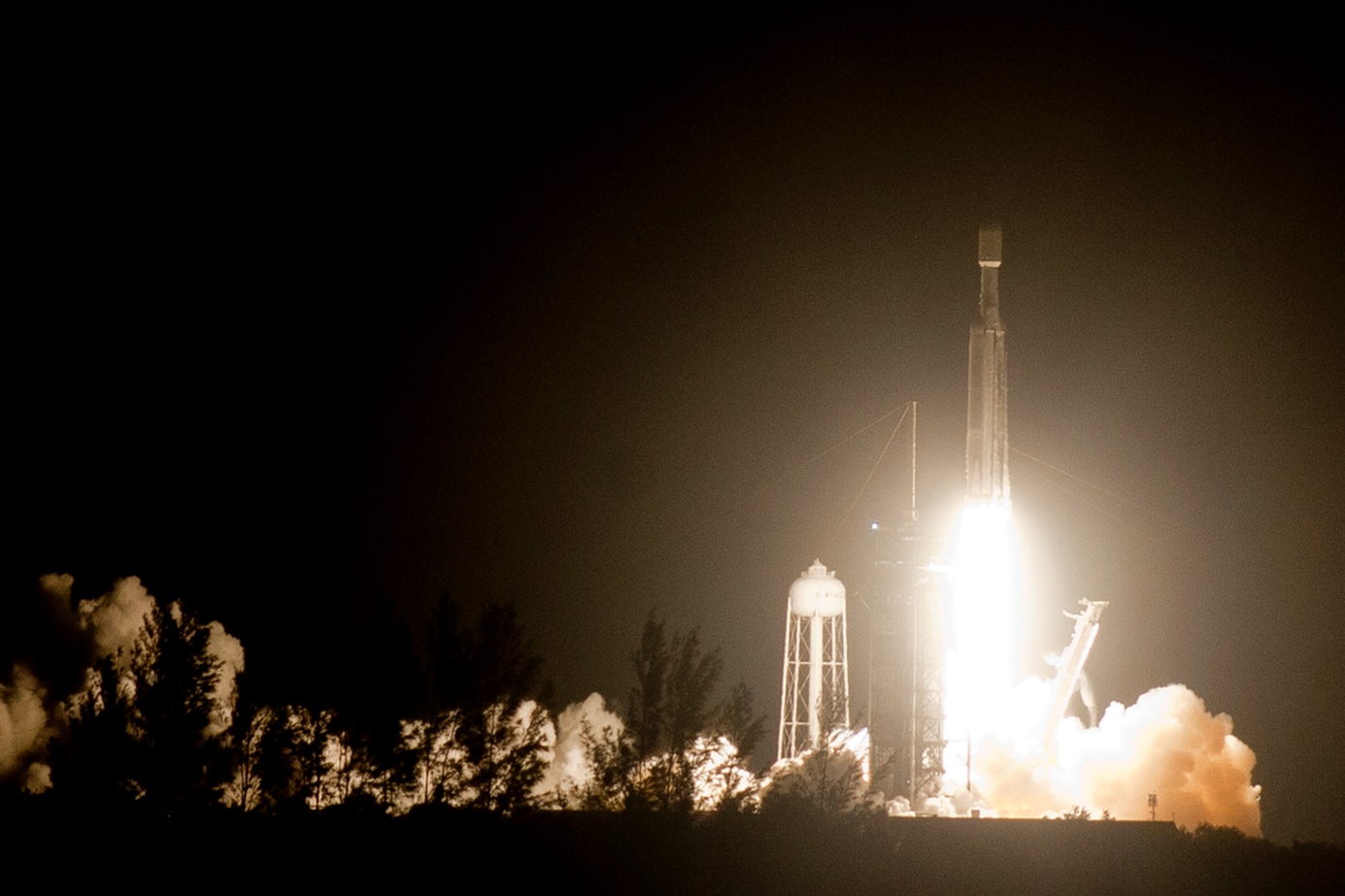
Falcon Heavy Viasat-3 Americas Launch, Photo Courtesy Carleton Bailie/Spaceline
Falcon Heavy Launches Viasat-3 Americas Satellite
April 30, 2023 | Reported by Cliff Lethbridge
A SpaceX Falcon Heavy rocket successfully launched the Viasat-3 Americas satellite at 8:26 p.m. EDT today from Launch Pad 39A at the Kennedy Space Center. One of the rocket's side boosters was being flown for the eighth time, having previously supported the Arabsat-6A, STP-2, Cosmo-SkyMed FM2, KPLO and three Starlink missions. The other side booster was being flown for the third time, having previously supported the Arabsat-6A and STP-2 missions. The center booster was being flown for the first time. None of the boosters were recovered due to the fuel needed to support a complex flight profile. The Viasat-3 Americas satellite, owned and operated by California-based Viasat and built by Boeing, will be deployed to a geostationary orbit about 22,000 miles above Earth at 88.9 west longitude and is intended to provide Internet service to users in North and South America, including ships and aircraft. Rideshare payloads include an Astranis satellite named Arcturus, which will provide Internet service to Alaska, and a Gravity Space microsatellite which will reserve a parking spot for a future Indonesian satellite.

Falcon Heavy Viasat-3 Americas Launch, Photo Courtesy Carleton Bailie/Spaceline
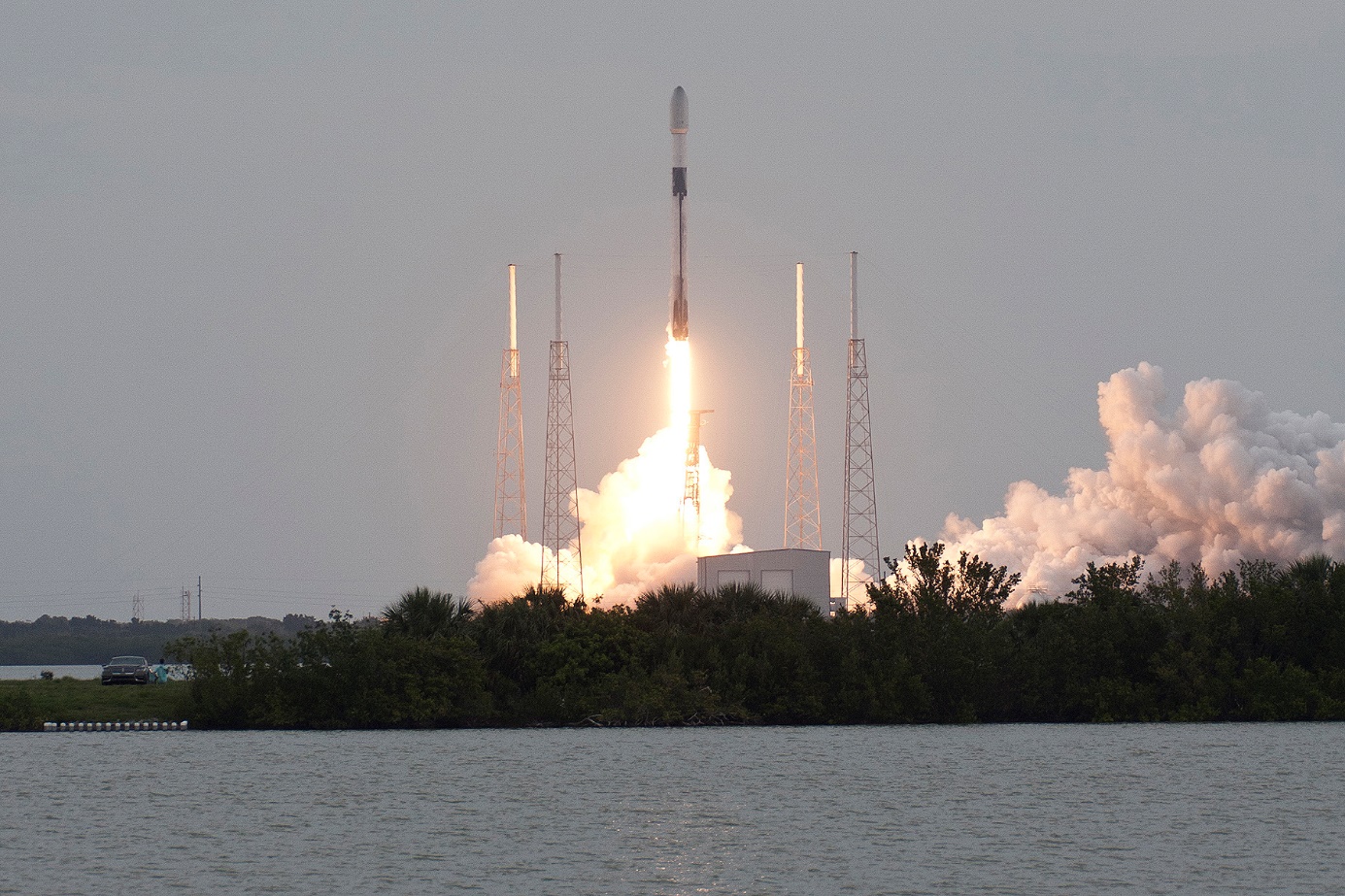
Falcon 9 O3B MPOWER 3/4 Launch, Photo Courtesy Carleton Bailie/Spaceline
Falcon 9 Launches Two SES O3B Internet Satellites
April 28, 2023 | Reported by Cliff Lethbridge
A SpaceX Falcon 9 rocket successfully launched the SES O3B MPOWER 3 and 4 satellites at 6:12 p.m. EDT today from Launch Pad 40 on Cape Canaveral Space Force Station. The first stage booster employed today was being flown for the second time, having previously supported the Crew-6 mission. The booster was successfully recovered today with a landing on the "Just Read the Instructions" drone ship, positioned on the Atlantic Ocean about 400 miles east of Cape Canaveral. Owned and operated by SES of Luxembourg and built by Boeing, the O3B MPOWER 3 and 4 satellites will join the SES O3B Internet constellation, providing space-based Internet service to users worldwide. Each satellite weighs about 4,500 pounds and will be deployed to Medium Earth Orbit (MEO) about 1,000 miles above Earth.
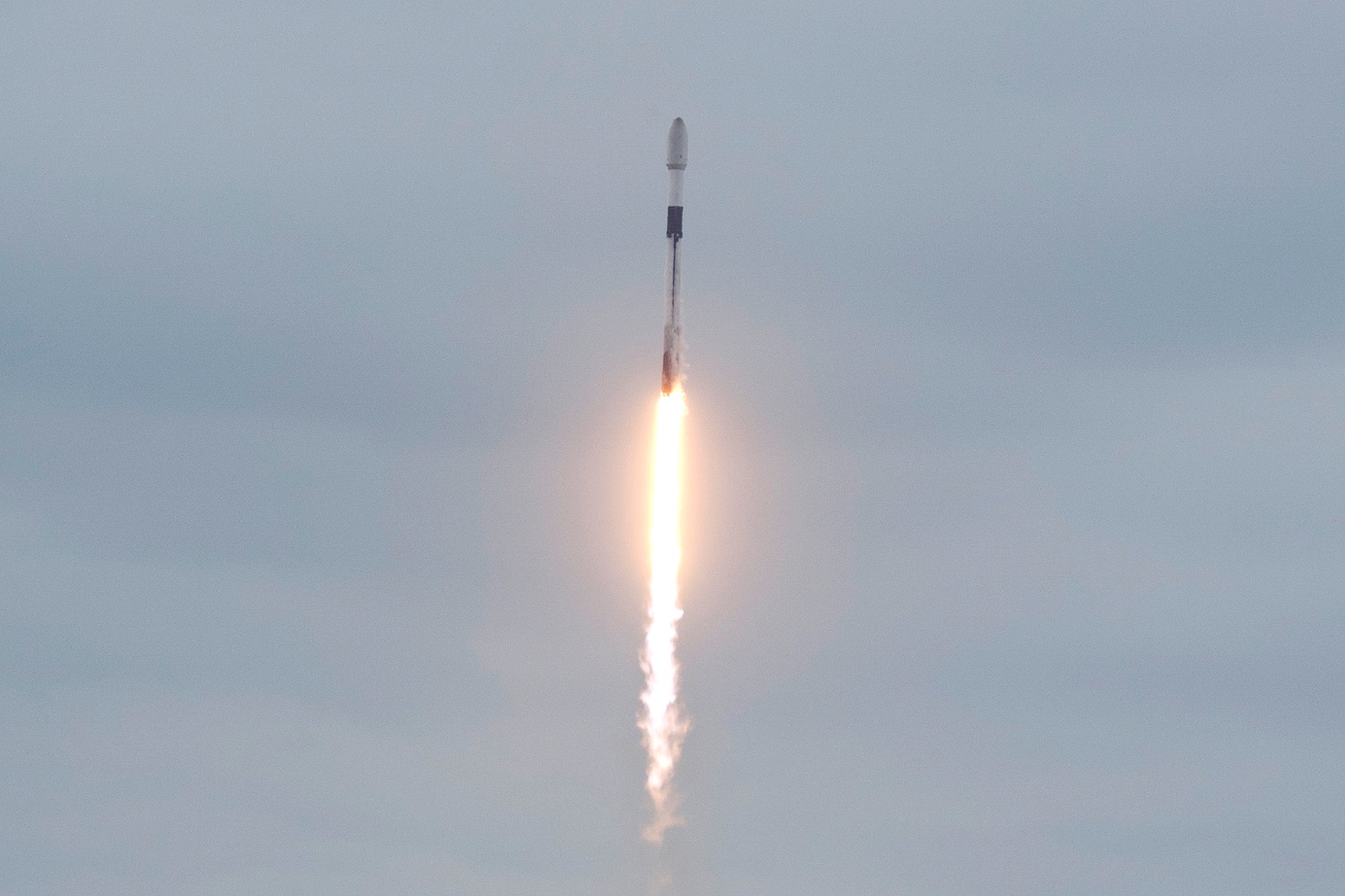
Falcon 9 O3B MPOWER 3/4 Launch, Photo Courtesy Carleton Bailie/Spaceline
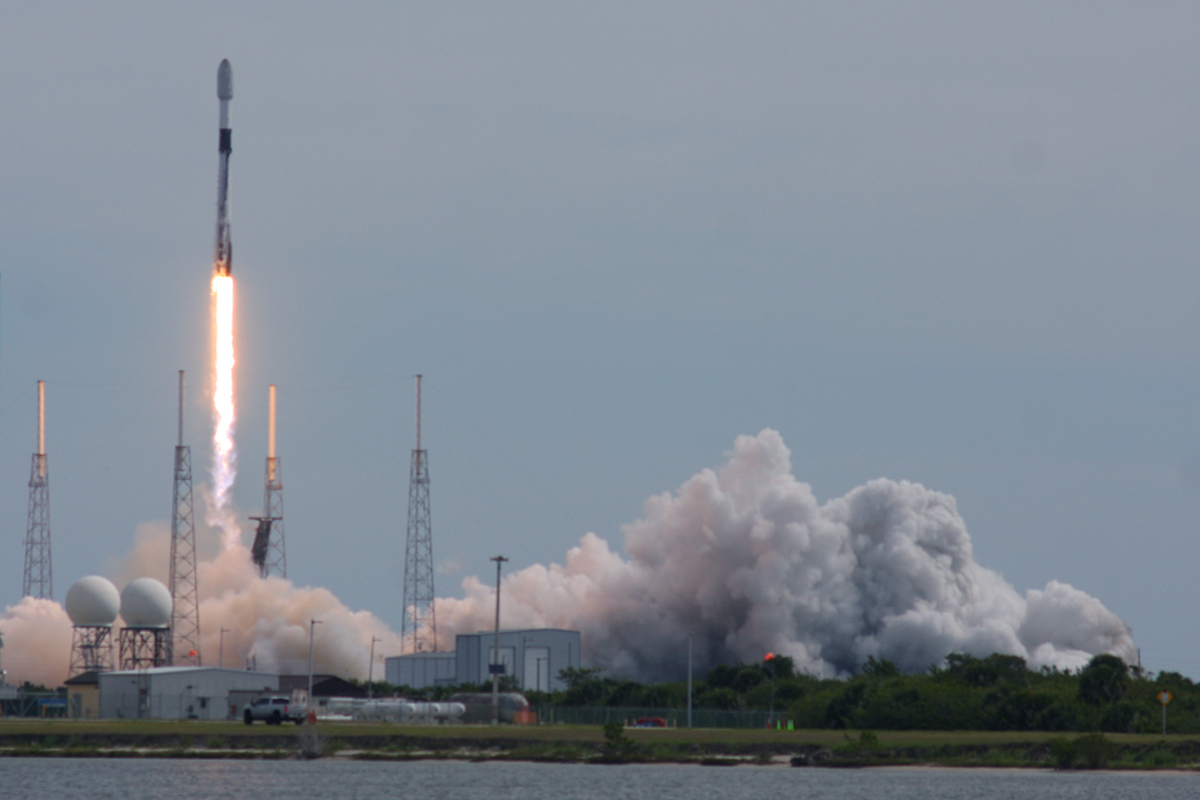
Falcon 9 Starlink 6-2 Launch, Photo Courtesy Carleton Bailie/Spaceline
Falcon 9 Launches 21 Starlink V2-Mini Satellites
April 19, 2023 | Reported by Cliff Lethbridge
A SpaceX Falcon 9 rocket successfully launched 21 Starlink V2-Mini satellites at 10:31 a.m. EDT today from Launch Pad 40 on Cape Canaveral Space Force Station. The first stage booster employed today was being flown for the eighth time, having previously supported the SES-22, Hakuto-R, Amazonas Nexus, CRS-27 and three Starlink missions. The booster was successfully recovered today with a landing on the "A Shortfall of Gravitas" drone ship, positioned on the Atlantic Ocean about 400 miles southeast of Cape Canaveral. The mission, designated Starlink 6-2, was the second launch of the next-generation Starlink V2-Mini satellites, and brings to a total of 4,238 Starlink satellites launched to date, although not all of these are operational or still in orbit. Starlink is a SpaceX-owned and operated constellation of broadband Internet satellites, intended to provide space-based Internet service to users worldwide.
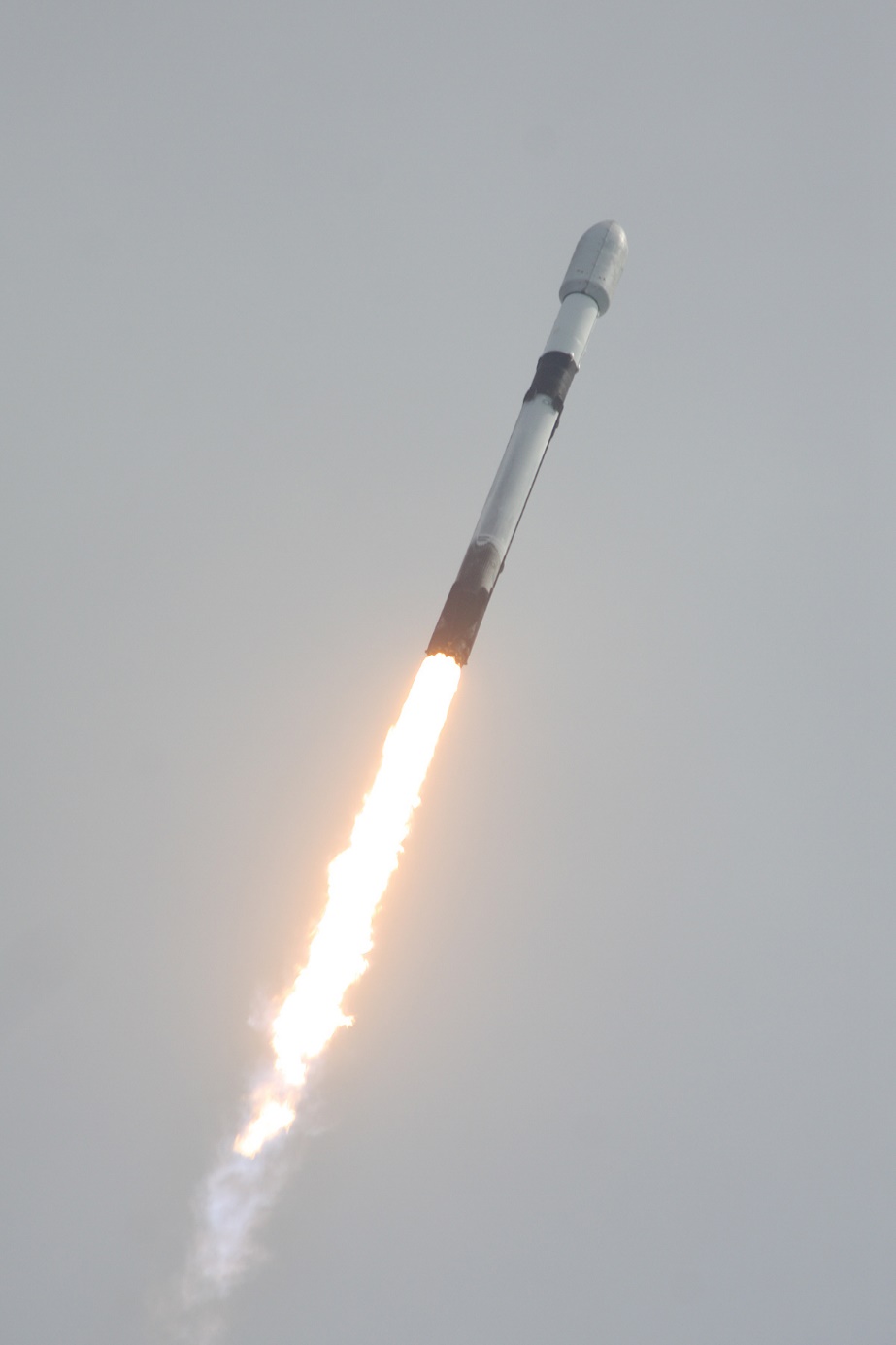
Falcon 9 Starlink 6-2 Launch, Photo Courtesy Carleton Bailie/Spaceline
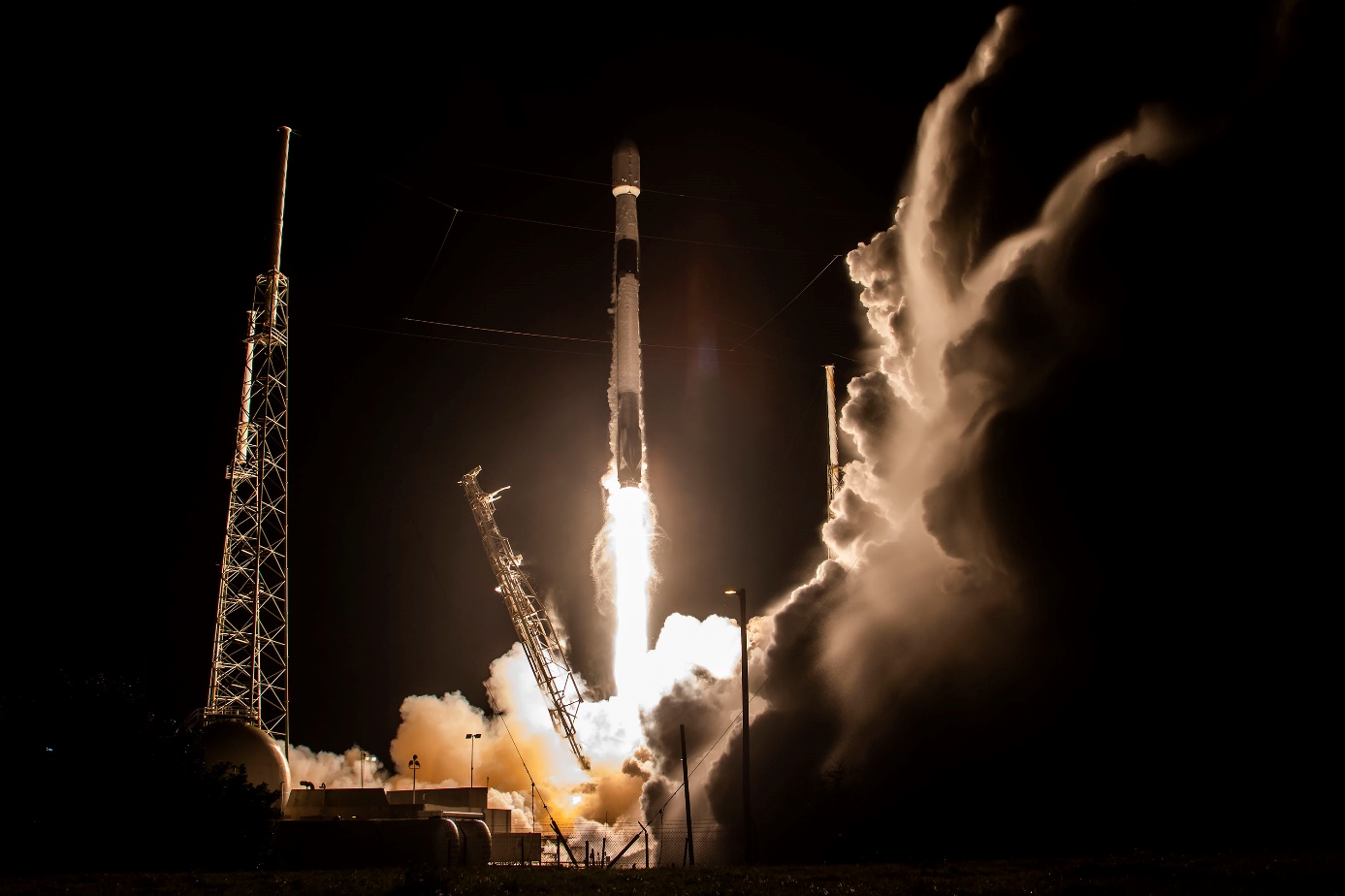
Falcon 9 Intelsat-40E/TEMPO Launch, Photo Courtesy SpaceX
Falcon 9 Launches Intelsat-40E/TEMPO Satellite
April 7, 2023 | Reported by Cliff Lethbridge
A SpaceX Falcon 9 rocket successfully launched the Intelsat-40E/TEMPO satellite at 12:30 a.m. EDT today from Launch Pad 40 on Cape Canaveral Space Force Station. The first stage booster employed today was being flown for the fourth time, having previously supported the CRS-26, OneWeb-16 and one Starlink mission. The booster was successfully recovered today with a landing on the "A Shortfall of Gravitas" drone ship, positioned on the Atlantic Ocean about 400 miles east of Cape Canaveral. The Intelsat-40E satellite, owned and operated by Intelsat and built by Maxar, hosts the NASA Tropospheric Emissions Monitoring of Pollution (TEMPO) payload. Intelsat-40E is designed to provide mobile data communications services to users in North and Central America, while TEMPO will monitor atmospheric chemistry and air pollution over North America. The satellite will be deployed to geostationary orbit about 22,000 miles above Earth at 91 degrees west longitude. The TEMPO mission is set to last about two years, while Intelsat-40E has a design life of about 15 years.

Falcon 9 Intelsat-40E/TEMPO Streak Shot, Photo Courtesy SpaceX









